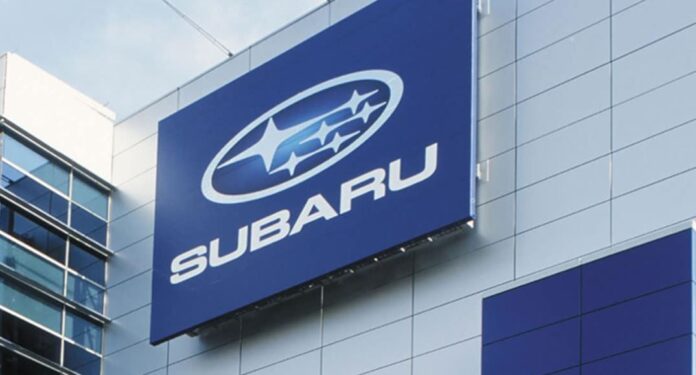New Subaru vehicles sold by TC Subaru Sdn. Bhd. (TCS), the exclusive distributor of Subaru vehicles and after-sales services in Malaysia, will no longer originate from Malaysia or Thailand from 2025. According to a recent announcement by Tan Chong International Limited (TCIL), the CKD or local assembly business model will be phased out.
“Together, TCIL and Subaru Corporation recognize the need for a forward-looking, future-proof approach to adapt to emerging market dynamics. After careful consideration, TCIL and Subaru Corporation have jointly decided to undergo a proactive business transformation by phasing out the existing Completely Knocked-Down (CKD) business model, which is believed to be no longer sustainable in the long term. From next year, the CKD markets in Thailand, Vietnam, Malaysia, and Cambodia will transition to a Complete Built-Up (CBU) sales model from Japan,” the announcement explained.
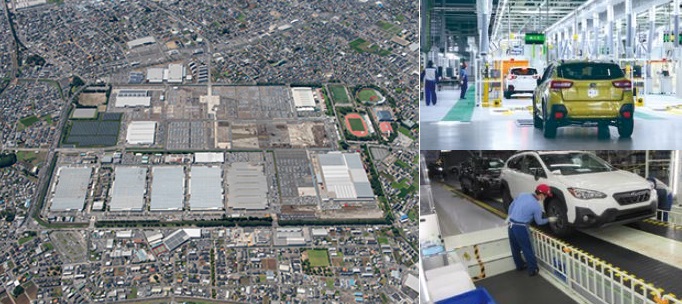
TCIL also stressed that its business relationship with the Japanese automaker remains strong ‘as TCIL and Subaru Corporation continue to remain agile and explore additional viable business avenues together in Thailand, Vietnam, Malaysia and Cambodia’.
“TCIL and Subaru Corporation are confident that this strategic decision will position Subaru for continued success in these dynamic markets. As TCIL embarks on this new chapter together with Subaru Corporation, both TCIL and Subaru Corporation remain steadfast in their commitment to delivering exceptional value to customers, partners, and stakeholders,” the announcement concluded.
No more duty-free benefit
The switch back to CBU models will mean that the ASEAN Free Trade Area (AFTA) benefits given to models assembled in ASEAN – ie duty-free import by member nations – will no longer be available. This would mean an increase in prices as CBU models are subject to high import duties.
This new development will have no effect on current owners of Subaru vehicles in Malaysia as TCS reaffirms its commitment to providing comprehensive support and services, with the expertise of Subaru-certified technicians and genuine parts found at its many authorized service centres nationwide.
Local assembly in Malaysia since 1970s
The assembly of Subaru vehicles in Malaysia goes back longer than many may realise. The first model was assembled in the early 1980s when Wearne Brothers handled the franchise. Wearnes had an affiliated assembly plant, Associated Motor Industries in Selangor, and decided to put a couple of variants of the Leone into local production.
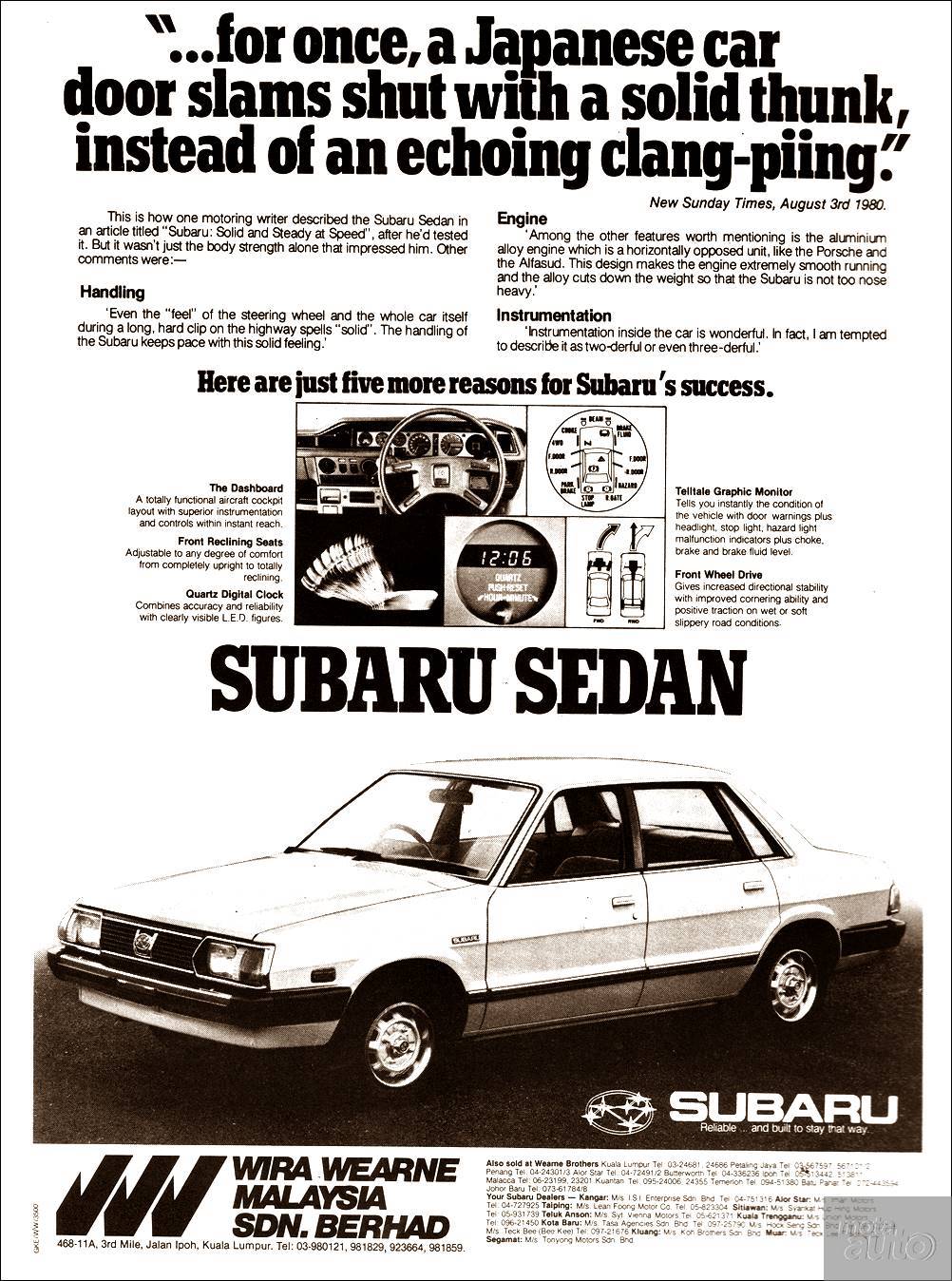
After Wearnes ended its association with the brand, Federal Auto took over the brand for a while. Then Auto Dunia took over Subaru in the mid-1980s and selected a few models to be assembled locally. The most popular were the 1.8 Stationwagon and the E10, a small rear-engined van which sold well and was a familiar sight as a TNB service vehicle. The stationwagon was popular as it had 4WD, a core selling point for the brand but a rare feature at the time.
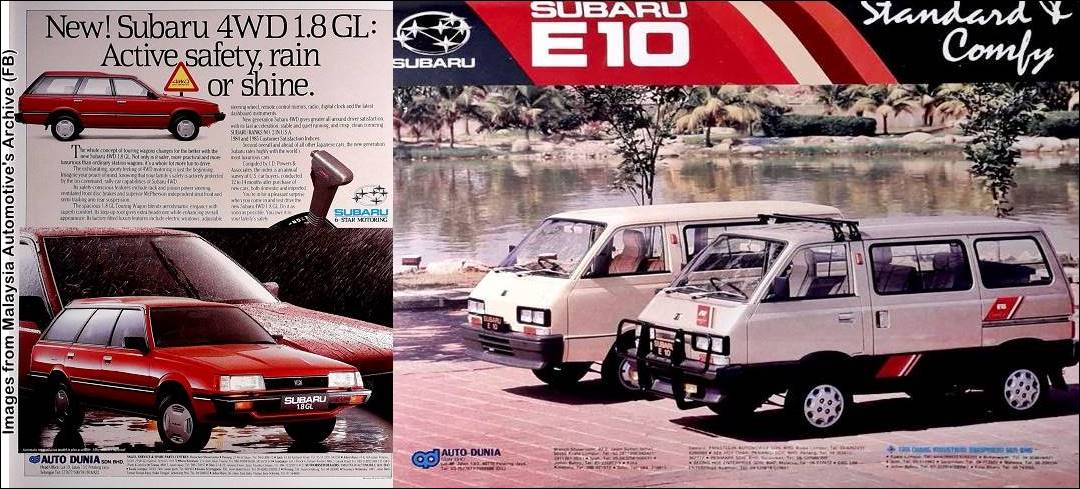
Auto Dunia stopped handling the Subaru brand after 2002 and it was taken over by the Motor Image Group, a subsidiary of TCIL which held the franchise for the brand in Taiwan and many Southeast Asian markets. For the Malaysian market, TCS has been the Motor Image subsidiary which manages the franchise.
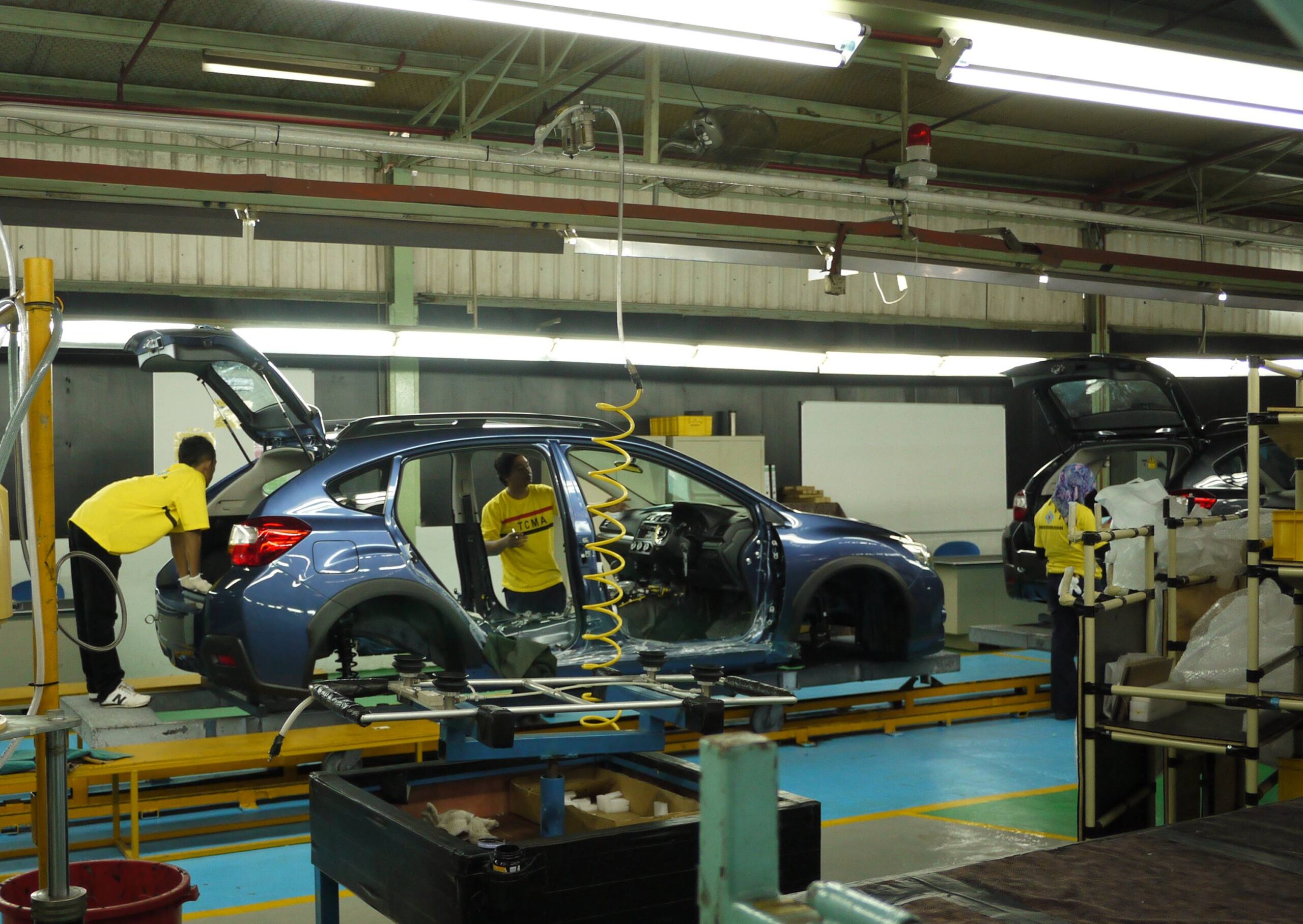
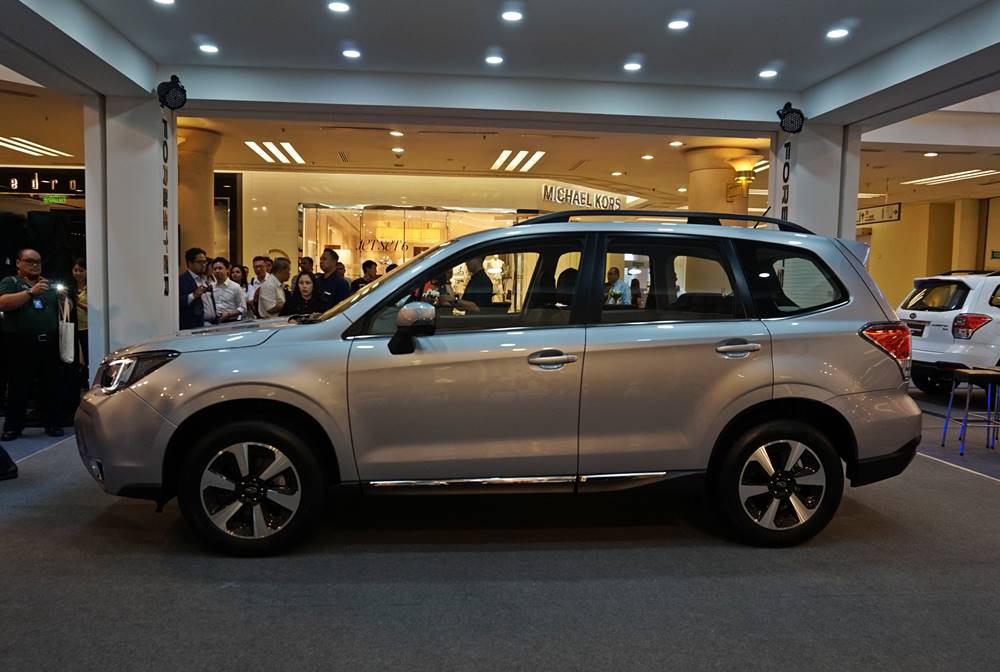
In 2012, local assembly of the XV crossover began at Tan Chong Motor Assemblies in Kuala Lumpur. Incidentally, this was also the same plant which had assembled the Subaru vehicles for Auto Dunia in the 1990s. Four years after starting local assembly of the XV, the Forester (4th generation) was added as a second model at the plant with the aim of producing 10,000 units annually.
However, Forester assembly in Malaysia ended after the fifth generation of the model was launched in 2019. TCIL, through a subsidiary, established a joint venture with Subaru to build a new plant in Thailand which would take over assembly of the new Forester for regional distribution.
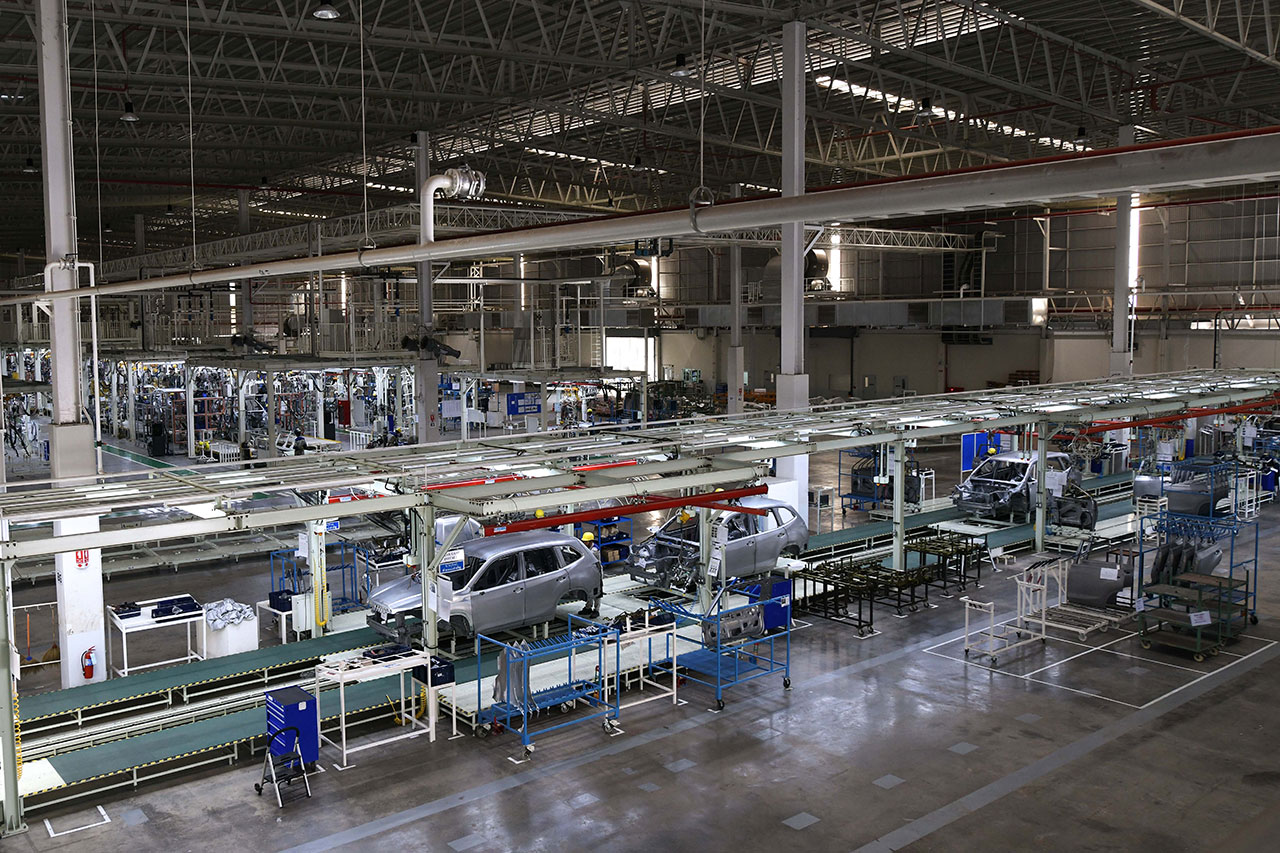
The plant, known as Tan Chong Subaru Automotive Thailand and located in Bangkok, has an annual capacity of 100,000 units and it is believed that there were plans to assemble at least 3 models.
